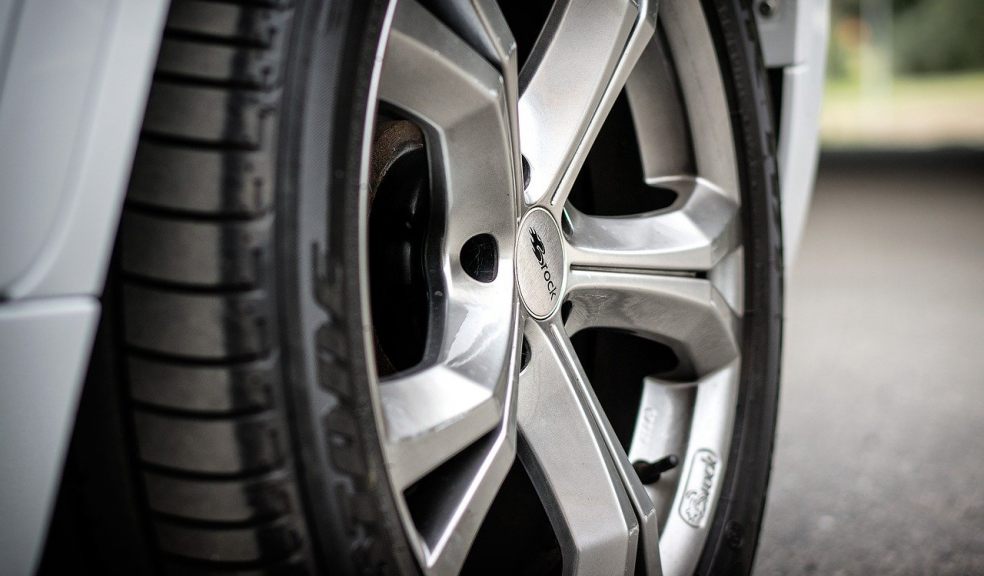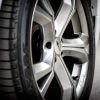
Car Diagnostic Tools Every Petrol Head Should Invest In
As a petrol head, you may think that you know everything there is to know about the make and model of your current vehicle. While this may be true when it comes to mileage and engine size, you may begin to struggle when it comes to maintenance or car repairs.
Becoming adept at car repairs is something that takes years of hard work; however, you may be able to teach yourself the basics. Every car repair enthusiast has to start somewhere, though, with the right set of diagnostic tools. There are plenty of options out there, so let’s look at the diagnostic gear that you should be investing in.
Tire Pressure Gauge
You won’t get very far on the roads without a healthy set of tyres. The most important factor when it comes to your tyres is inflation and tread depth. Every car manual will provide you with the optimal pressure for your tyres based on the make of the car that you drive, so how do you tell whether your tires are meeting these criteria?
Tyre pressure is measured in pounds per square mile, or PSI for short. You can attach a tyre gauge to the tire via the valve. The dial will tilt to display the PSI level. If it is under the correct amount, just grab your foot pump and work at it until the dial reaches the number you need. It is also possible to purchase a device that will measure both pounds per square mile and tread depth. However, if you find that the tread depth of your tyres is below the legal requirement, it is time to invest in a new set.
Battery Testers
Battery problems are a rare occurrence in modern cars; however, petrol heads are more likely to favor an older model of car. As a car gets older, the alternator can become faulty, which means the car will struggle to maintain a fully charged battery. A failure of your car battery will stop your vehicle from starting up at all, which can be devastating if you have places to be.
Regularly charging your battery is a good way to avoid this type of issue; however, it can get expensive to keep it topped up. Therefore, you should invest in a voltmeter. This type of diagnostic tool will tell you how much power is left in the battery so that you do not waste time with unnecessary charges. The optimal voltage for a car battery is around 12.66 volts, and you can find battery chargers at your local hardware store or garage.
OBD Readers
An onboard diagnostic reader, or OBD, is a catch-all approach to car diagnostics. An OBD reader is a scanning device that plugs into your dashboard and searchers the error memory in your vehicle to discover problems. These problems will present themselves as an error code, something that can be translated using the correct app.
These diagnostic tools are perfect for avid petrol heads. They are compact enough to carry in your pocket, and they can save you money on having a professional diagnose the repair issues in your car. It is recommended that you use your OBD scanner every two months to ensure that your car is secure on the roads.
OBD2 Readers
Initial OBD Readers were a simple yet effective diagnostic tool for drivers. However, as time moves on, so too must technology.
The Carly OBD2 Reader works exactly like its previous counterpart to diagnose errors in the vehicle, but this device is more compatible with newer cars. This diagnostic system was introduced in 2001, which means that it can provide comprehensive information on more cars. Previously, every car required a different type of connection for the OBD Reader to work.
Therefore, the OBD2 Reader is a far more universal diagnostic tool for petrol heads. What’s more, an OBD2 scanner is compatible with Bluetooth devices, which means that you can set it up to read out the diagnostic information as well as receive it as an error code on the app. However, a lot of mechanics find it more useful to view error readings on a laptop, as it can provide more clarity about the error in question and how you could resolve them.
Vacuum Gauge
An engine only works if the pistons create a vacuum of energy in the engine. This vacuum is directly linked to the power of the vehicle, which means that you will suffer from poor fuel intake without the proper vacuum pressure. Poor fuel intake will make it more expensive to fill up your car, and it can also damage the pistons over time. A damaged piston can create major mechanical failures within the engine. Most drivers are unaware of this system; however, petrol heads will want to keep a keen eye on this pressure, especially if they own a classic car.
A vacuum gauge is a simple device that can tell whether your car needs a pressure tune-up. Just screw the gauge into the engine and let the dial reveal the amount of pressure in the engine. The optimal amount in most engines is 29.92 Hg, but this may differ between classic models. You will find out how much pressure your car can withstand in the owner’s manual.
Emissions Tester
Everyone is trying to do their bit to reduce carbon emissions in a bid to make our planet a safer place to live. The only way to succeed in this is by reducing your carbon footprint, but first, you must have an idea of how large your carbon footprint is.
An emissions test is usually performed by a mechanic to make sure that your car is running smoothly. A high emissions reading could indicate various hidden problems within the engine. This will cause your car to run poorly and use more fuel, making the car less efficient overall. However, these devices are available to be purchased, so you can learn about the correct emissions for your vehicle and catch a problem early to minimize further damage to the engine.
Mechanics
While every petrolhead wants to become a deft hand at mechanics, there are going to be some problems that you simply cannot fix from home. The diagnostic tools listed above will give you a good idea about what issues your car is facing, but you should never attempt repairs that are beyond your skill level. It is safe to say that you will only make the problem worse.
A local garage has all of the relevant equipment, so the professionals can safely and reliably diagnose and fix whatever is ailing your current car. It is not an admission of defeat to give your car to a garage for repairs and make sure you get full service at least once a year. Sometimes, there can be no substitute for experience.
Conclusion
Diagnosis is the first step toward learning how to repair and maintain your car. Self-repair is a great way to save yourself some money and learn some new skills at the same time. However, if you are ever in doubt, make sure you take your vehicle to a trusted mechanic, as you could make the problem worse.

















